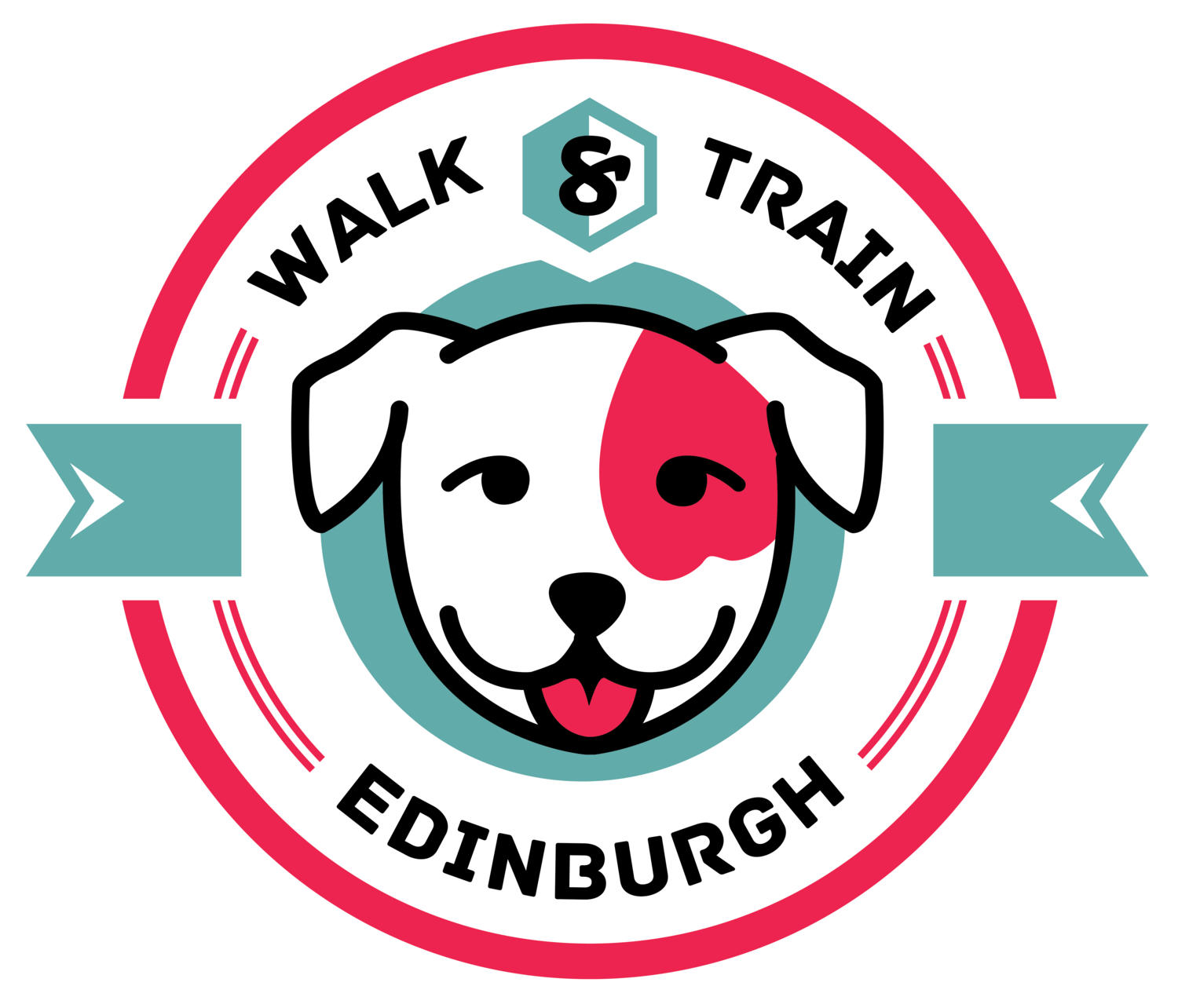Rewards #1
This is the first part of a series of Training Tips on rewards which will cover what rewards are, how to use them, and when and when not to use them, to be as successful with your training as possible.
The most obvious rewards are food, toys, physical affection and verbal praise. Less obvious rewards can be anything that the dog finds enjoyable or rewarding. These rewards can be things like access to furniture, coming out of the crate, or being invited into your personal space.
The more severe your dog’s behaviour problem is, the more important it is that you pay particular attention to all the rewards given to your dog in your daily life. Every time you provide a reward for your dog, you reinforce whatever the dog is doing at that moment. Use all those small opportunities to teach your dog what state of mind and what behaviour gets the dog the rewards it wants. For example, if your dog is overexcited, only reward the dog when it is calm, or if your dog is anxious, only reward it when it is relaxed. Your dog will learn much faster if you let it figure out how to get the reward on its own, rather than instructing it what to do. Often, this can be achieved by simply waiting the dog out. The smaller steps you break each event down to, the quicker the dog will learn what it is you want. For example, only calm and polite behaviour gets the human to take the leash out, put the leash on, open the front door, and go out for a walk.

